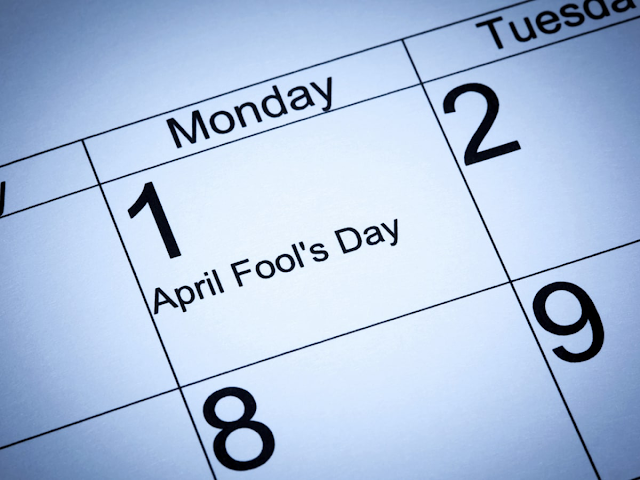Discover the history, traditions, and popular pranks of April Fools' Day. Join the fun and laughter of this holiday with our ultimate guide.
#AprilFoolsDay #Pranks #Holiday
April Fools' Day, also known as All Fools' Day, is a holiday celebrated on April 1st. It's a day dedicated to pranks and jokes, and people around the world enjoy playing tricks on one another. In this article, we'll explore the history and traditions of April Fools' Day, as well as some of the most popular pranks played on this day.
History of April Fools' Day
The origins of April Fools' Day are uncertain, but many historians believe it dates back to the 16th century. In France, the holiday was known as "Poisson d'Avril," which means "April Fish." People would play pranks on each other by attaching paper fish to their backs and then shouting "Poisson d'Avril!" when they were discovered.
Another theory is that April Fools' Day began in ancient Rome, where a festival called Hilaria was celebrated on March 25th. During the festival, people would play pranks on each other, and it's possible that this tradition was carried over to April 1st.
Traditions of April Fools' Day
The most common tradition on April Fools' Day is playing pranks on friends and family members. Some of the most popular pranks include:
Fake news stories: Creating a fake news story and sharing it on social media or with friends and family.
Office pranks: Setting up a fake meeting or memo and watching as coworkers fall for it.
Food pranks: Making fake food items, such as cupcakes made of mashed potatoes or sushi made of candy.
Phone pranks: Calling someone and pretending to be someone else, or setting up a fake voicemail message.
Home pranks: Hiding someone's belongings, putting plastic wrap over the toilet seat, or putting a whoopee cushion on someone's chair.
Popular April Fools' Day Pranks
Some of the most famous pranks in history were played on April Fools' Day. Here are a few examples:
- The BBC Spaghetti Tree Hoax: In 1957, the BBC aired a story about a family in Switzerland harvesting spaghetti from trees. The story was an April Fools' Day prank, but many people believed it to be true.
- The Left-Handed Whopper: In 1998, Burger King announced that they were introducing a new burger specifically designed for left-handed people. The prank was so successful that many customers went to Burger King asking for the Left-Handed Whopper.
- The Google Nose: In 2013, Google announced a new product called "Google Nose," which supposedly allowed users to search for smells on the internet. The product was, of course, an April Fools' Day prank.
April Fools' Day is a day filled with fun and laughter, and people around the world enjoy playing pranks on one another. Whether it's a harmless joke or a well-planned prank, April Fools' Day is a time to let loose and have some fun.
FAQs
What is the origin of April Fools' Day?
The origins of April Fools' Day are uncertain, but many historians believe it dates back to the 16th century.
What are some common April Fools' Day pranks?
Some of the most common pranks include fake news stories, office pranks, food pranks, phone pranks, and home pranks.
What are some famous April Fools' Day pranks?
Some of the most famous pranks in history include the BBC Spaghetti Tree Hoax, the Left-Hand
What do you think of this blog? Write down at the COMMENT section below.

No comments:
Post a Comment